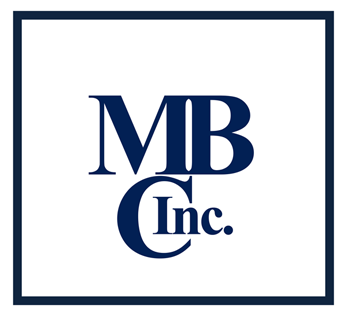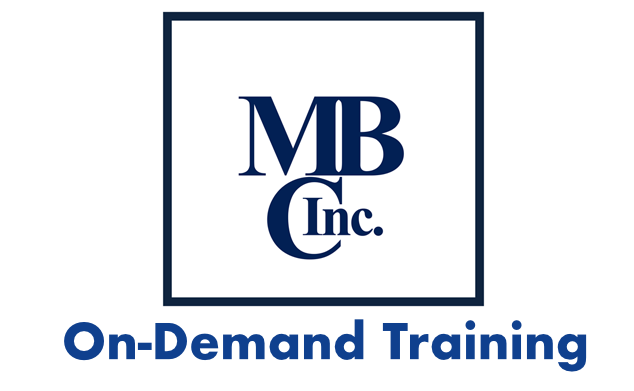Martin Business Consulting, Inc.
Consulting-Training-Auditing-Coaching-Support
July 17, 2012
MBC, Inc. – Tips –Volume 2 – Tip 1
Bi-Monthly Informational Guide
MBC, Inc. Quality Tips
Internal Audit
ISO/TS 16949, ISO 9001
In the second Volume of Quality Tips, we are addressing the internal audit process. In this series the emphasis is on methods to make this a truly value added activity for the organization.
Far too many organizations that have an internal audit process do not receive benefit from the audit activity. The reasons are many and vary from one organization to the next. Whether you are auditing the quality standard ISO 9001 or ISO/TS 16949, the goal of the audit process is twofold.
- First the audit process needs to confirm the system is compliant to the standard under review and compliant to the internal procedures and instructions.
- Second the audit process should be a tool to improve the organization, increase efficiency, improve effectiveness and simplify processes and work, identify waste and reduce cost.
Most organizations accomplish the first requirement. Not only do they accomplish this task, many believe this is the only function of the internal audit process. Too often middle and top level managers only want the audit process to “keep-me-out-of-trouble”. They don’t see this as an activity that could bring about substantial improvements for the organization.
Our goal over the next few months is to outline the benefits of internal audit. What can audit accomplish that is actually beneficial to the business? What is the intent of the various requirements of the quality standards?
There are several questions to address in this newsletter. Each question will be addressed in a separate edition that will come every two weeks. I promise to do my best to keep all editions to three pages or less. I know you have other important work to do and cannot spend excessive amounts of time reading a newsletter, regardless of its benefit.
The questions I want to address are;
- How does the auditor address the quality standards ISO9001 and ISO/TS 16949 clause 4.1?
- This audit activity must drive improvement to the identified business processes and give the organization a positive plan forward. If you can improve the efficiency of a business process you can have a positive effect on the bottom line.
- How does the audit process approach and bring improvement from clause 5?
- This portion of the audit addresses top leadership and defines their responsibility. Too often internal auditors are timid when it comes to auditing this element, due to the status of the personnel involved. Many auditors are simply afraid to push-to-hard in this area and ask the hard questions that can bring actual benefit to the organization by bring top management into full compliance with the standard.
- How does the organization properly utilize resources both human and capital and benefit from clause 6?
- By placing the proper level of importance on human and capitol resources the auditor can uncover weaknesses within the current system and bring about positive change that is beneficial to the entire organization.
- What do the quality standards expect from clause 7?
- This clause within the standard is lengthy and covers multiple topics. Here we need to understand the intent and use the audit process to uncover the weaknesses in the product realization processes. Properly understood these requirements often feel like “common-sense”.
- How can the organization benefit from the “Measurement, Analysis and Improvement” requirements of clause 8?
- How many organizations have shipped non-conforming material to a customer received a complaint and spent vast amounts of money to send personnel to the customer and sort parts. Pay the return freight for the non-conforming material. Paid premium freight to expedite good replacement material to the customer? All because someone didn’t follow defined requirements. Often this non-compliance to established methods is with the knowledge and consent of management. The reason, some members of the organization do not believe the production requirements are justified or they do not think they are required, or they believe they have ‘authority’ to make deviations on the fly. Usually none of these things are true.
My intention is to address all these issues over the next several months. Generally speaking I will not be able to cover any single question in one edition. Therefore these five questions will take twelve to sixteen publications. I beg your patience through this comprehensive process. My desire is that many readers benefit from this series. If you miss any edition please contact me via e-mail at the address below and I will ensure you receive the missing edition(s).
Spread the News
Please forward these editions to others in your organization so they may receive the benefited of this newsletter. Tell other members of your company to go to MBCINcorp.com and sign-up for this newsletter by downloading the free report in the upper right corner of the home page.
For additional information about the Internal Audit Process, you may contact the President of MBC, Inc. at anytime; Phone 931.637.1446, or E-mail – Bmartin@MBCIncorp.com
Thank You
Bill Martin – President
MBC, Inc.
931.637.1446

